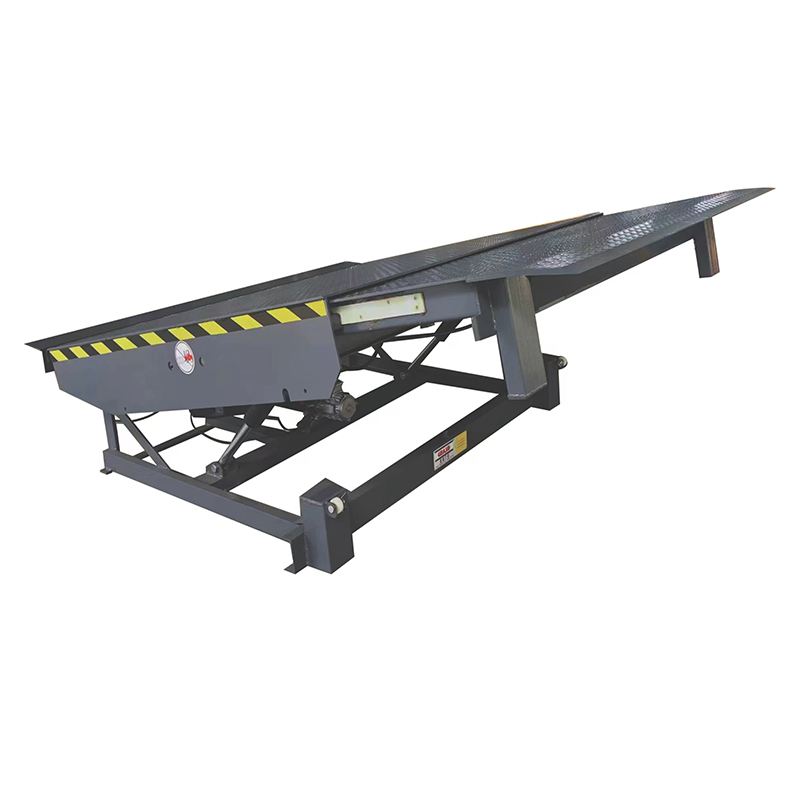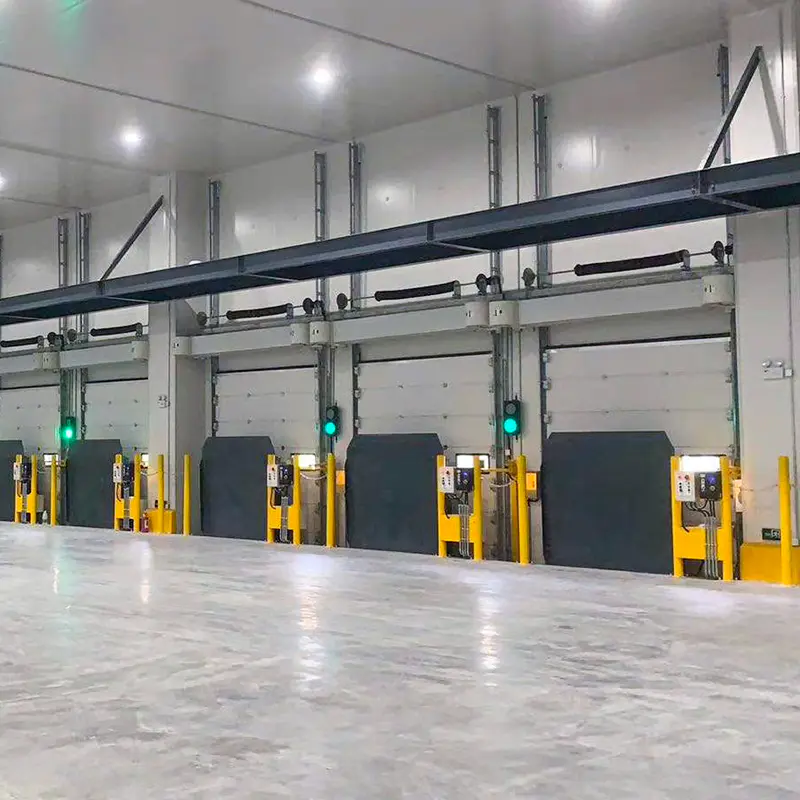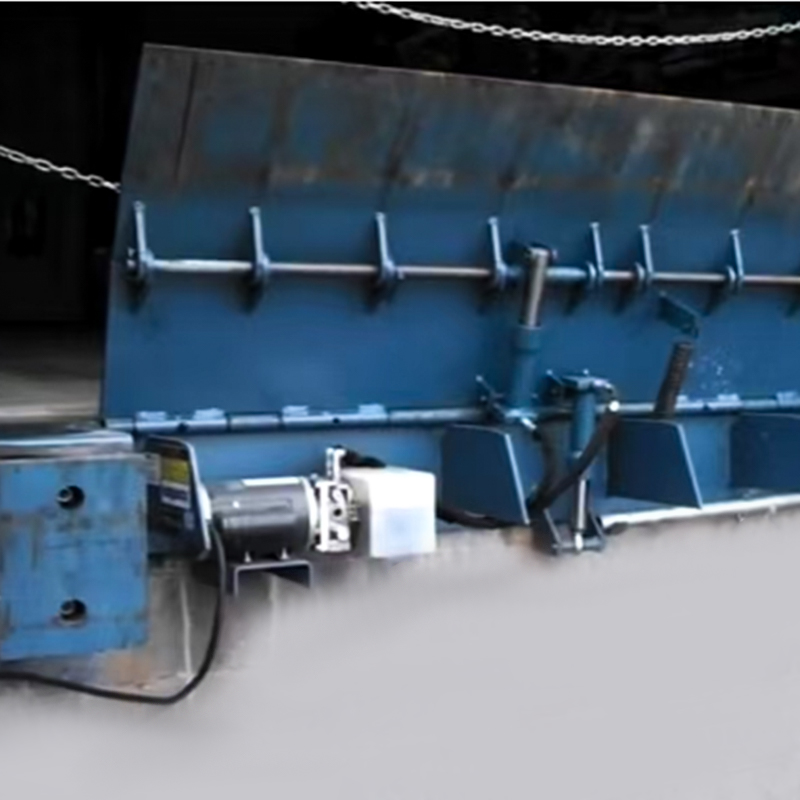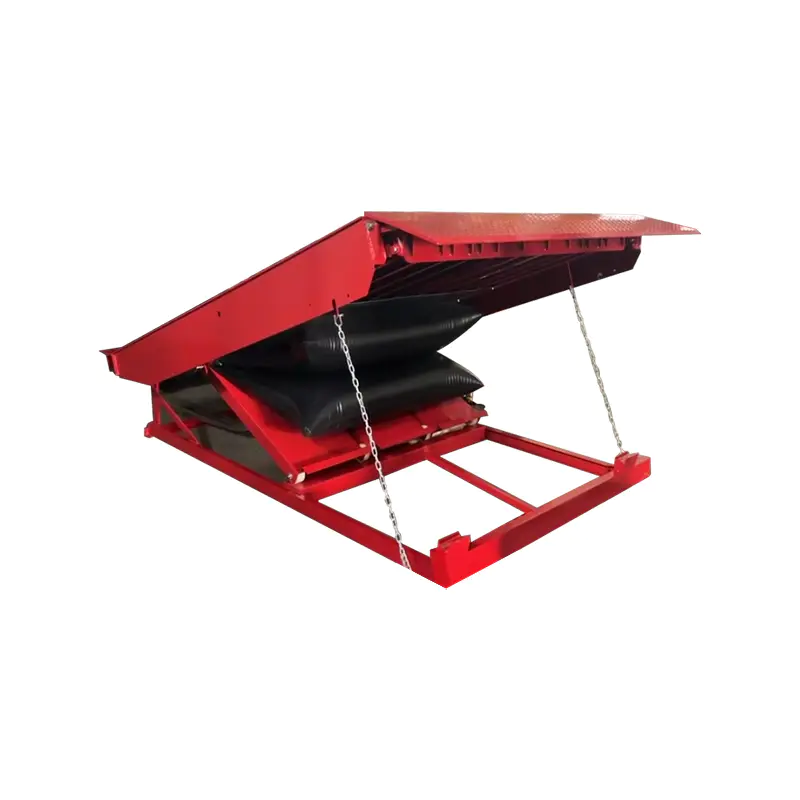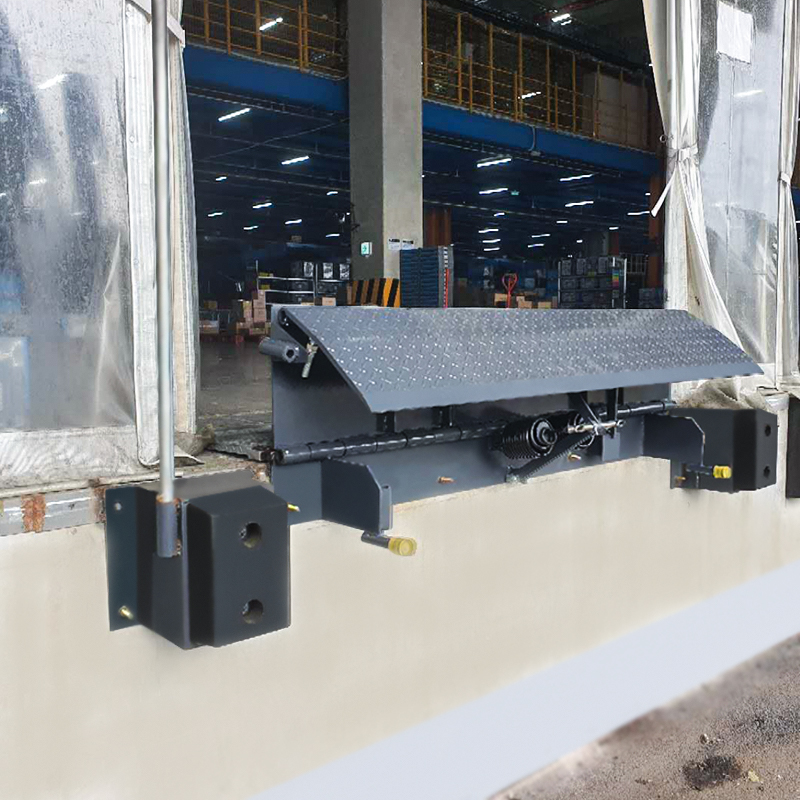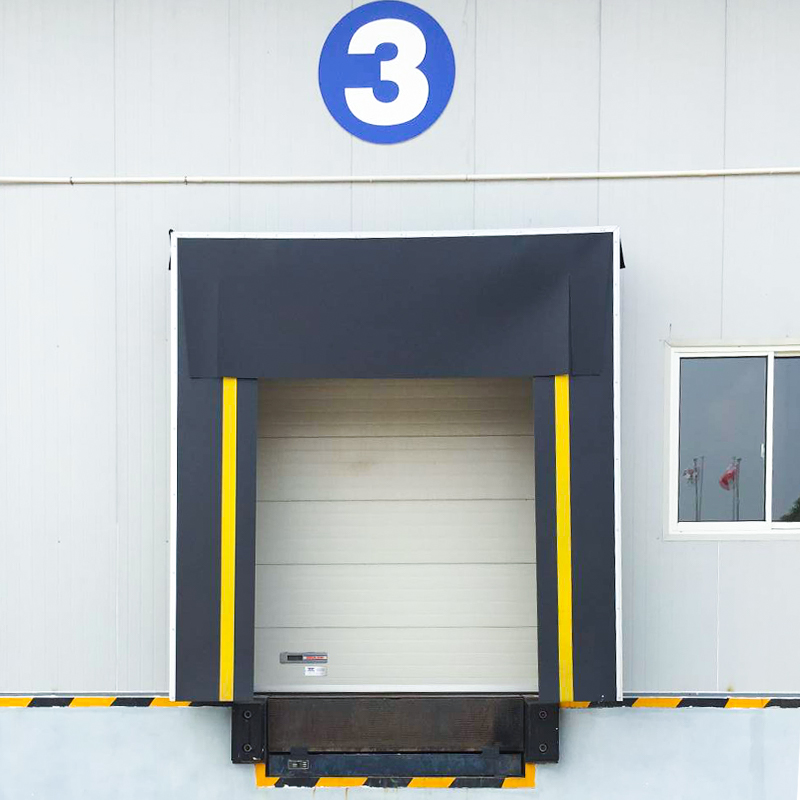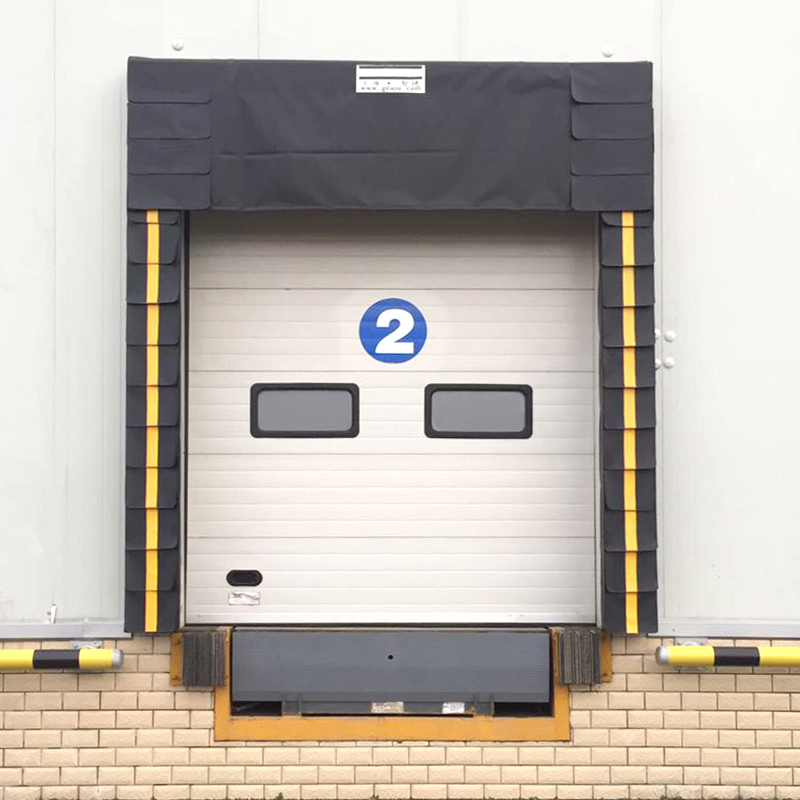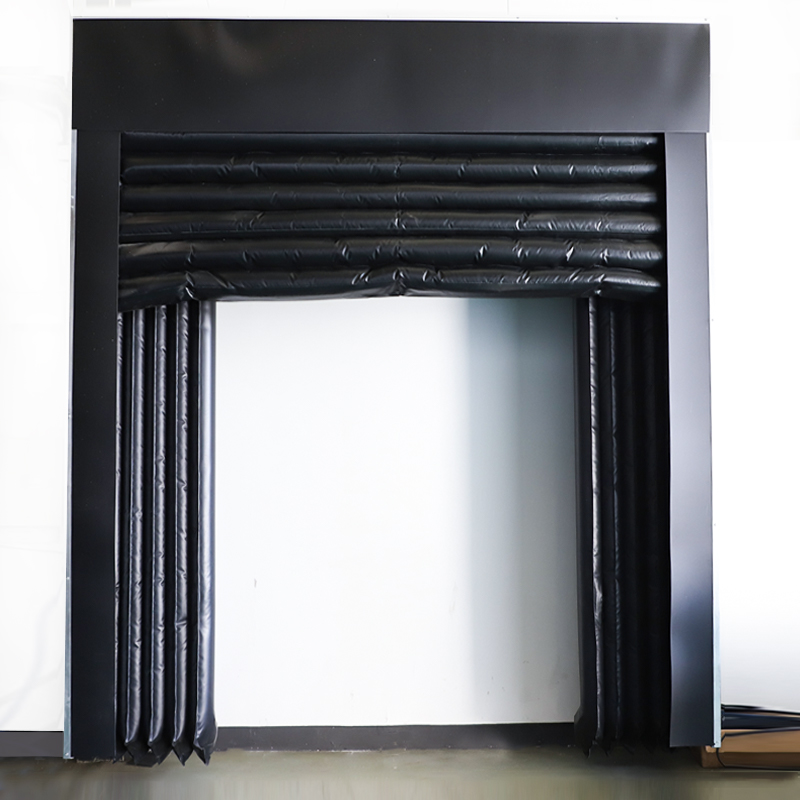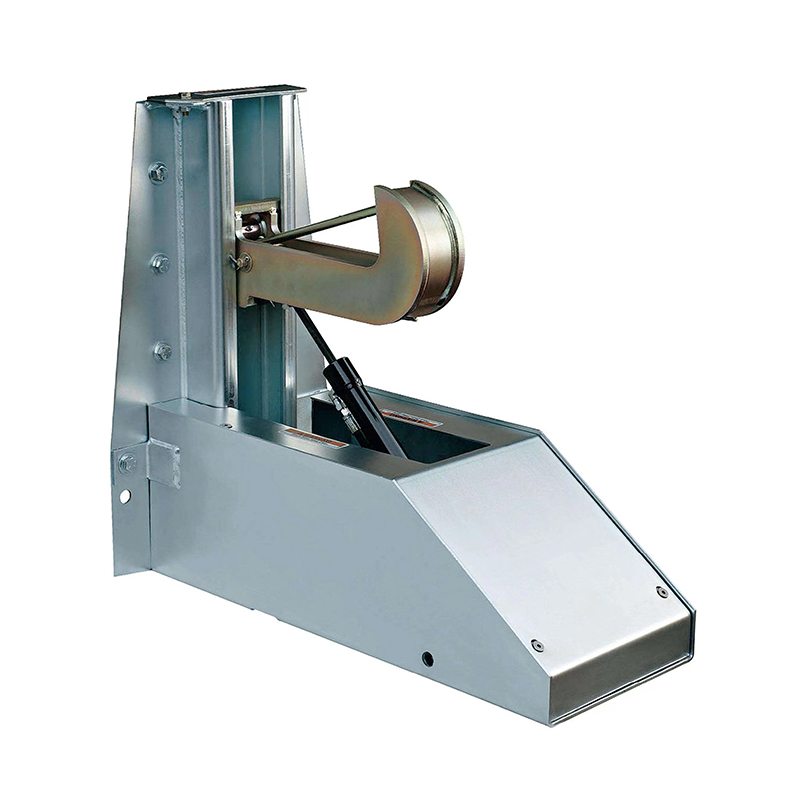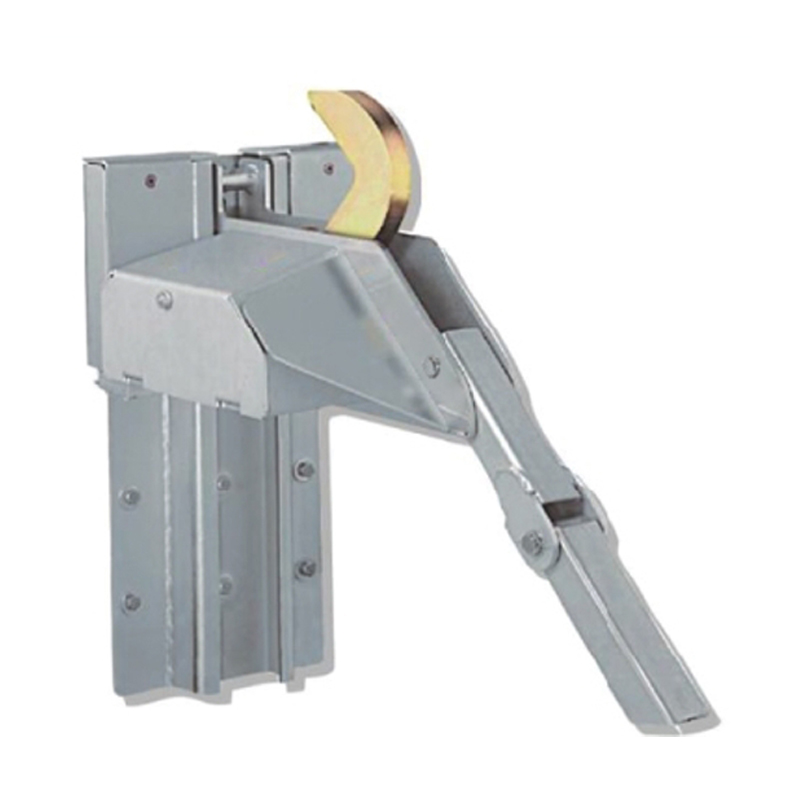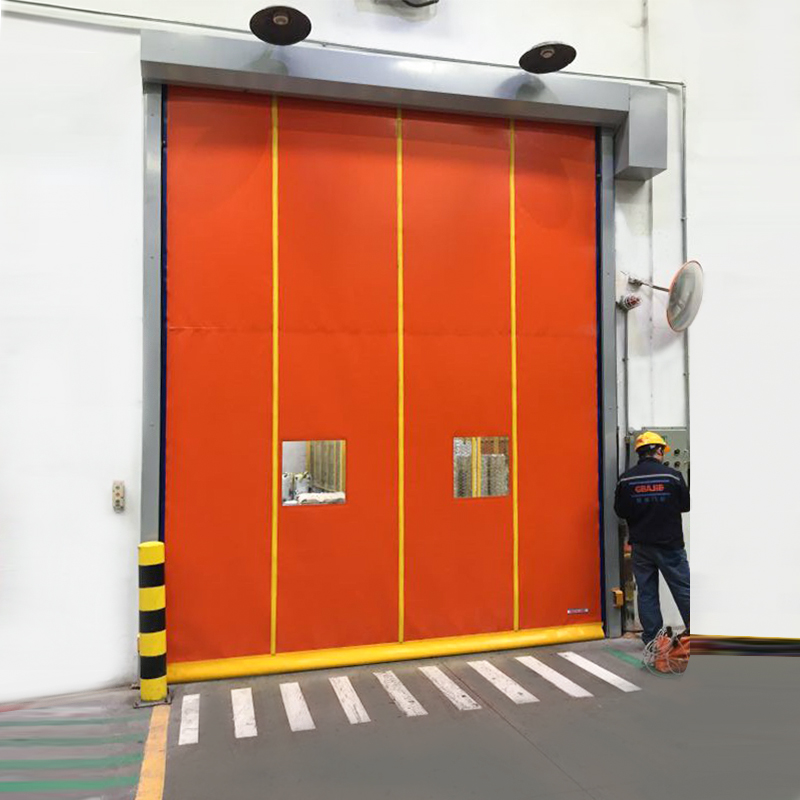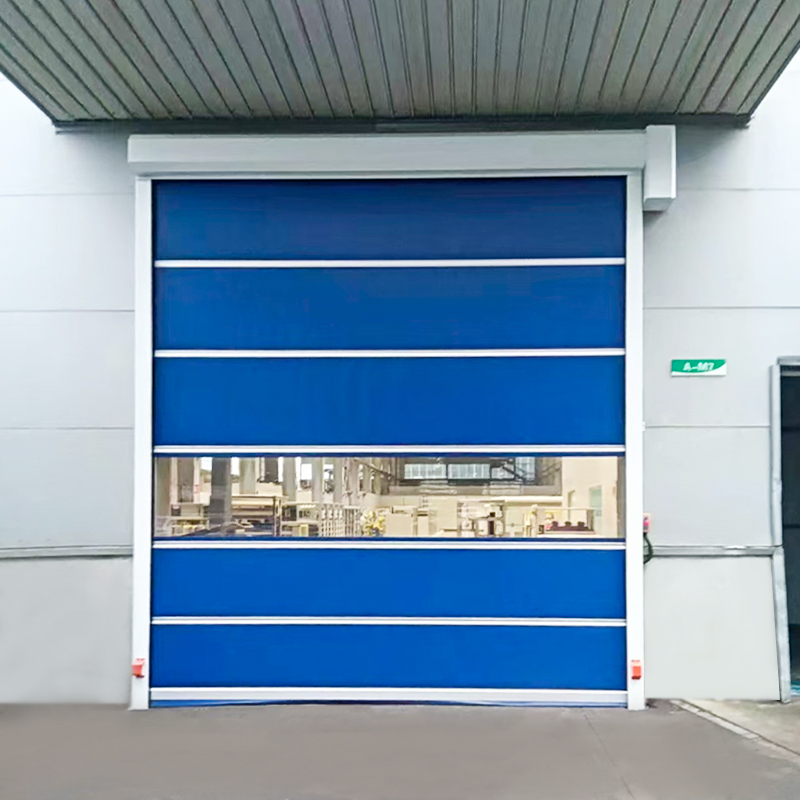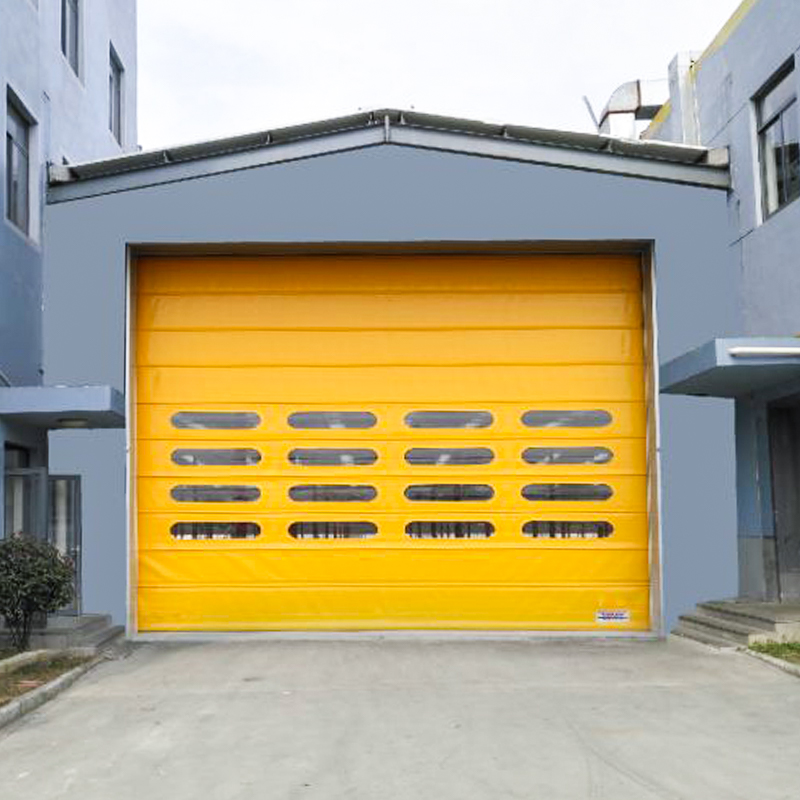Reinforced Structural Design and Load DistributionEOM Industrial Dock Levelers are engineered with...
Thermal Barrier: Insulation acts as a thermal barrier in an Industrial Sectional Door, preventing heat transfer between the inside and outside of the building. In cold climates, the insulated door reduces heat loss, maintaining a comfortable internal temperature without requiring additional energy from heating systems. In warmer conditions, it prevents cool air from escaping, helping to maintain a controlled environment. By regulating the internal temperature, insulation ensures that the space remains comfortable for both employees and equipment. This is particularly beneficial in areas where temperature control is crucial, such as cold storage or climate-sensitive manufacturing environments.
Energy Efficiency: Insulation in the Industrial Sectional Door contributes significantly to energy savings by reducing the energy needed to maintain a stable internal temperature. The door minimizes the load on heating and cooling systems by maintaining consistent temperatures, which results in lower energy consumption. The reduction in energy bills can be substantial over time, as the insulation prevents the HVAC system from working overtime to compensate for temperature loss or gain. This leads to more efficient energy use across the facility, making it a cost-effective solution for businesses looking to lower their operational costs. Less reliance on HVAC systems extends their lifespan, reducing maintenance and replacement costs.
Improved Temperature Stability: The insulated design of the Industrial Sectional Door ensures that internal temperatures remain stable even when the door is frequently opened and closed. This stability is essential for operations in which temperature-sensitive goods or equipment are involved, such as food storage or pharmaceutical manufacturing. Frequent door operations can cause dramatic fluctuations in temperature; however, insulation mitigates this by keeping the interior temperature within a specific range. This is particularly critical in environments where temperature consistency is necessary to preserve product integrity and quality. For example, refrigerated warehouses can maintain their set temperature more effectively, reducing the risk of spoilage or damage.
Prevents Condensation and Moisture Build-up: Insulated doors help to prevent condensation inside the building, which is especially important when there is a significant temperature difference between the internal and external environments. Condensation can lead to moisture-related issues such as rust, mold, and mildew, which can damage products, machinery, and the structure itself. Insulation reduces the likelihood of condensation by maintaining the door’s surface temperature at a consistent level. This not only preserves the integrity of equipment and products but also reduces the potential for expensive repairs and downtime caused by moisture damage.
Increased Comfort for Personnel: The insulation in an Industrial Sectional Door plays a critical role in improving the comfort of employees working near the door. Without insulation, the area around the door could experience significant temperature fluctuations, which may cause drafts or discomfort. Insulation helps regulate the indoor climate, making the work environment more comfortable. In cold or hot climates, insulated doors prevent cold drafts or excessive heat from seeping in, improving the overall working conditions and increasing employee productivity by maintaining a stable environment. Workers in close proximity to the door, such as loading dock operators or forklift drivers, benefit from this more consistent and controlled temperature zone.

 English
English Español
Español Tiếng Việt
Tiếng Việt

